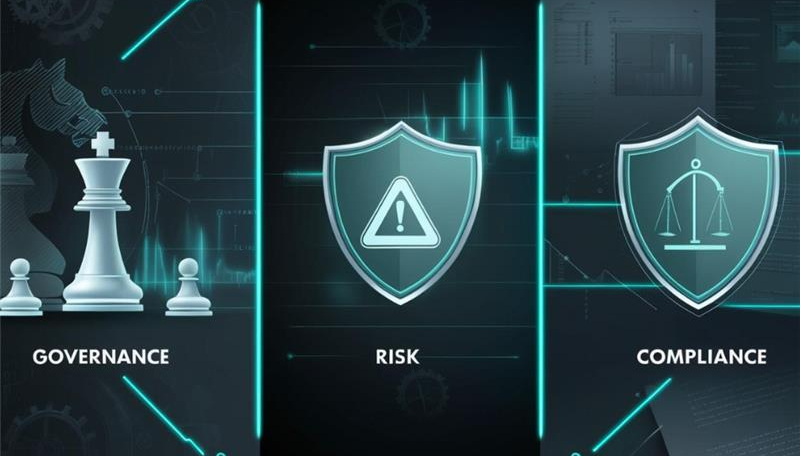Phishing types and how to spot them
One of the most prevalent and harmful types of cyberattacks in use today is phishing. By posing as a reliable source, it deceives users into disclosing private information such as login credentials, credit card numbers, or passwords. It has become more difficult to identify these scams as attackers have become more sophisticated. The top 5 phishing attack types are listed here, along with tips on how to recognize them before it’s too late.

- Phishing emails
Email phishing is the most common kind of phishing. Attackers send emails pretending to be from respectable companies like banks, internet merchants, or government agencies. These emails usually contain urgent messages like “Your account has been locked” or “Unusual login detected,” urging recipients to click on a link or reply. Obtain an attachment. These links may direct you to fraudulent websites designed to steal your login credentials. To spot phishing emails, look for odd sender addresses, grammatical errors, generic greetings like “Dear user,” and suspicious links (hover over them to view the complete URL).
- Phishing with spears
Spear phishing is much more focused than generic email phishing. In order to create individualized emails, attackers investigate their targets and use information such as their name, position, or recent activities. The email appears more reliable as a result. For example, a spear-phishing email may pretend to be from your manager and request login information or private documents. The secret to identifying spear phishing is to exercise caution when responding to emails that appear familiar, particularly if they ask for unusual actions or have an urgent tone. Always use a secondary channel, such as a phone call or in-person confirmation, to confirm such requests.
- Phishing via SMS (Smishing)
Smishing substitutes text messages for emails. A message asking you to click on a link or respond with personal information may appear to be from your bank or a delivery service. Such messages, such as “Your account will be suspended” or “You’ve won a prize!” frequently employ either excitement or fear. Avoid clicking on links, be cautious of messages from unknown numbers, and never send sensitive information via SMS in spot smishing.
- Voice Phishing, or Vishing
Phishing through voice calls is known as vishing. Attackers may pose as law enforcement, tech support, or even a bank representative. They will put pressure on you to take immediate action, like verifying your card information. Or setting up software for remote access. Vishing is risky because it uses social engineering to instill a sense of urgency or panic. Never give personal information over the phone unless you made the call and confirmed the recipient’s identity to be safe.
- Phishing Clone
Attackers use clone phishing to create an almost replica of a genuine email that you have previously received, but with malicious attachments or links. Victims are more likely to believe the message because it seems familiar. For instance, a recent invoice or document may be resent to you with a slightly different link. It’s important to pay attention to details when identifying clone phishing: compare the new email with the original, look for sender address changes, and refrain from clicking links unless you’re certain they’re secure.
Conclusion
Despite knowing that phishing is constantly evolving, your best defense is awareness. Always weigh your options before clicking or replying, regardless of whether it’s a dubious email, SMS, phone call, or even a message that looks familiar. Always confirm the source, never share sensitive information hastily, and make sure your systems have the most recent security patches installed. Being vigilant can help you avoid a trap that might compromise your data, identity, or finances.




